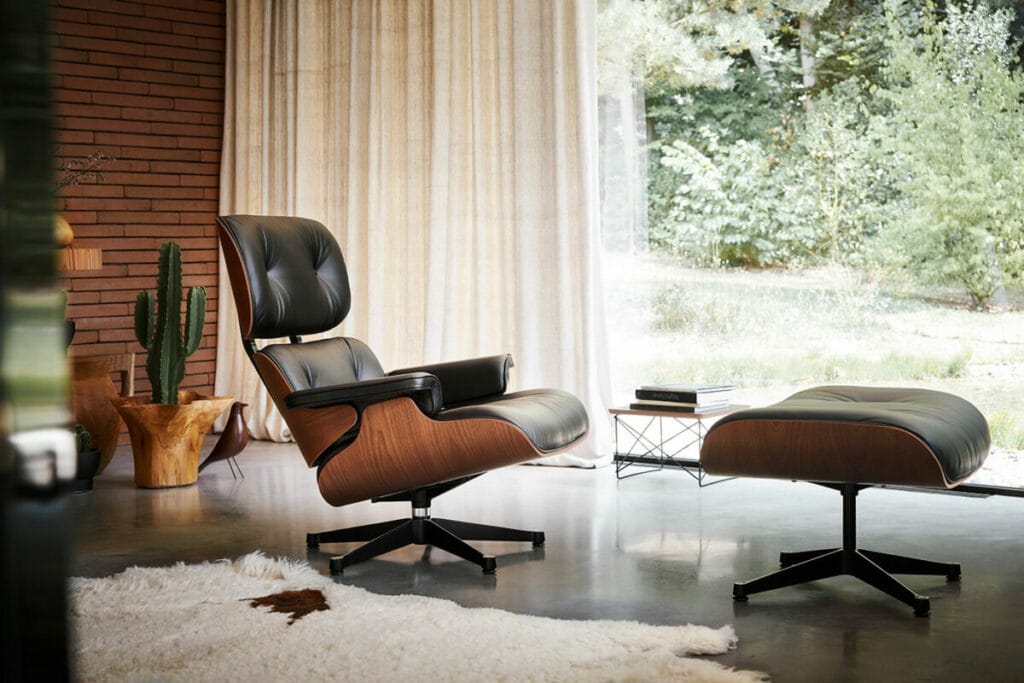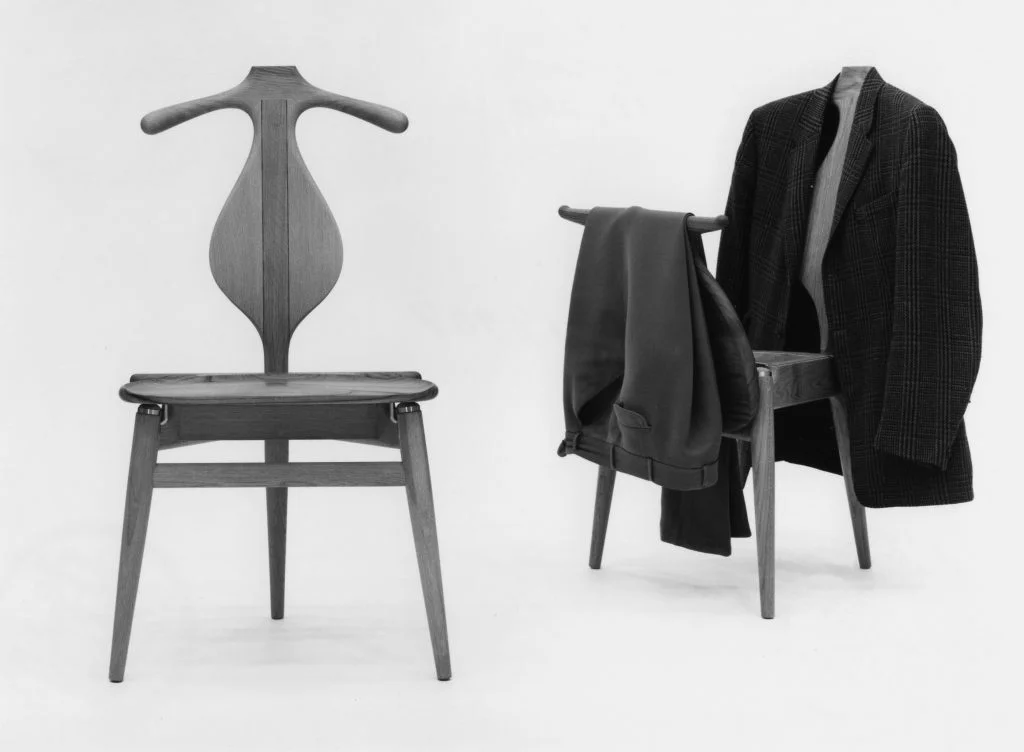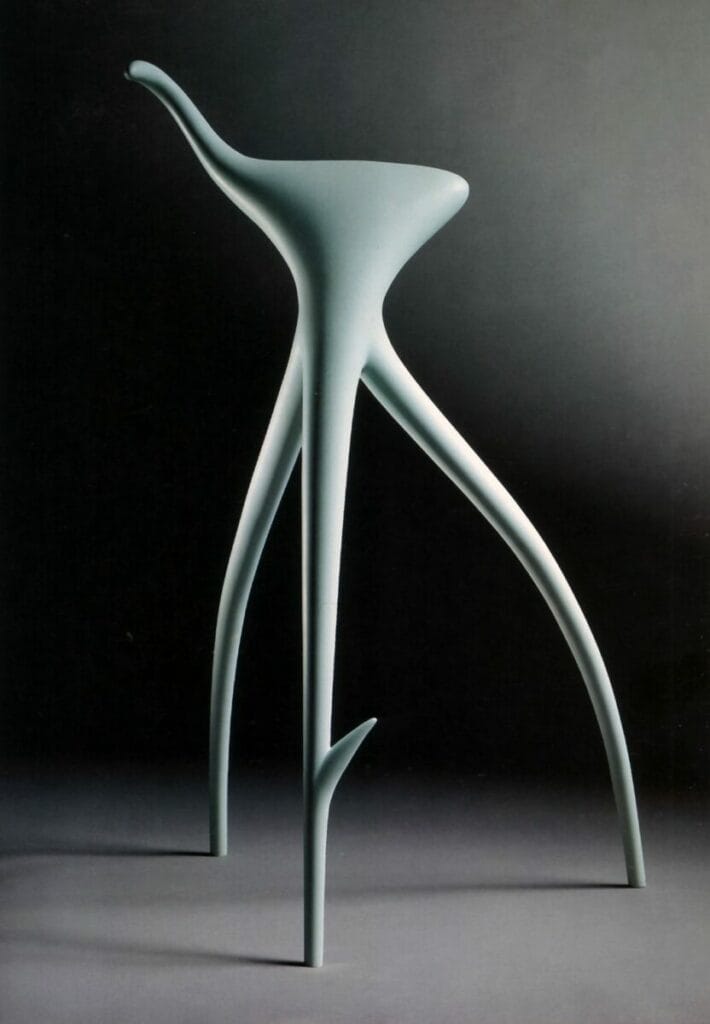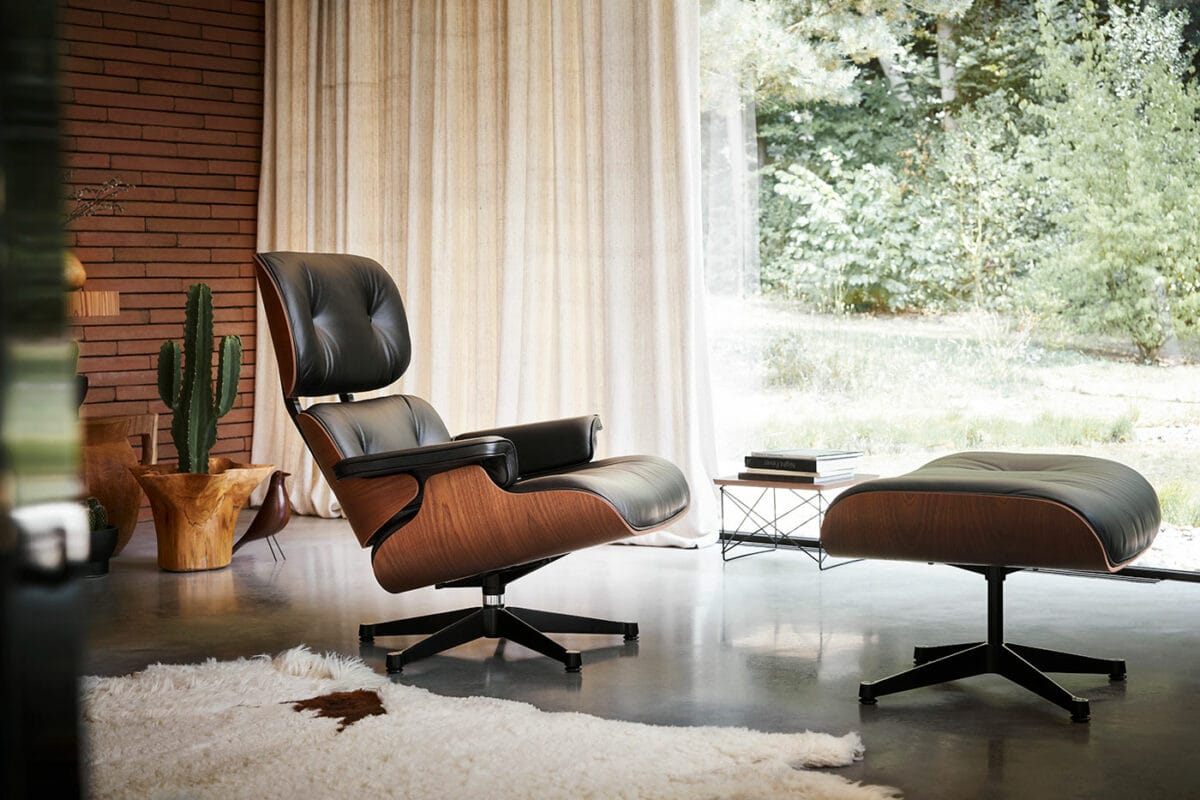The History of Design and Decorative Styles: An Odyssey of Excellence
From artisanal refinement to contemporary digital innovations, discover the aesthetic revolutions that have shaped our art of living.
The Timeless Legacy of the Decorative Arts
In the refined universe of luxury design, each era has left its mark on the history of the decorative arts. From the aristocratic elegance of French salons to the avant-garde boldness of the 21st century, this aesthetic saga reveals how design transcends fashion to become the ultimate expression of our quest for excellence.
This evolution is part of a broader approach to the art of living, where every detail matters — from interior decoration to the art objects that shape our most intimate spaces.
The art of crafting exceptional objects does not begin with industrialization but finds its roots in the centuries-old tradition of artisanal know-how. Each piece — whether a precious piece of furniture or a refined accessory — carries the DNA of its time and the imprint of its creator.
The Golden Age of Craftsmanship: Foundations of Luxury (Before 1800)
The Excellence of Master Cabinetmakers
In the quiet workshops of Faubourg Saint-Antoine, masters like André-Charles Boulle revolutionized furniture-making. Their creations — true marquetry jewels — established the codes of French luxury still echoed in the finest maisons today. The Musée des Arts Décoratifs holds several exceptional examples of this technical virtuosity.

The era of royal styles — Louis XIV, Regency, Louis XV, Louis XVI — forged an aesthetic of power where every curve and ornament expressed grandeur. These period pieces, now featured in the world’s top private collections and museums like the Château de Versailles, are testaments to unmatched savoir-faire.
The Revolution of Private Comfort
By the late 18th century, a major shift occurred: bourgeois intimacy redefined decorative codes. Furniture became more human-centered, integrating comfort and ergonomics that prefigure today’s luxury design concerns. Neoclassical influence, fueled by the archaeological discoveries at Pompeii, introduced a new elegant sobriety. The Empire style crystallized this purified aesthetic, still inspiring today’s creators.
The 19th Century: Between Tradition and Innovation
Arts & Crafts: The Artisanal Resistance
William Morris and the Arts & Crafts movement embodied a philosophy that resonates deeply with contemporary luxury design: material authenticity, the nobility of craft, and creative integrity. This holistic approach profoundly influences today’s luxury houses that uphold artisanal excellence. The Victoria and Albert Museum in London features an outstanding collection dedicated to this movement.
The Emergence of the Industrial Prestige Object
Michael Thonet revolutionized furniture production with his bentwood chairs, proving that technical innovation and formal elegance can harmonize. This lesson continues to shape the most prestigious design collections today. His work, exhibited at the MAK – Museum of Applied Arts in Vienna, also inspired generations of Scandinavian designers.
1900–1940: The Rise of Luxurious Modernity
Art Nouveau: Organic Refinement
Hector Guimard, Victor Horta, and Antoni Gaudí created a decorative language where nature inspired forms of unprecedented sensuality. Their creations, true aesthetic manifestos, laid the foundation for a design that reconciles innovation with emotion.
Bauhaus: The Functionalist Revolution
Walter Gropius’ school disrupted conventions and laid the foundation of modern industrial design. Marcel Breuer’s Wassily chair embodied this revolutionary aesthetic, where formal simplicity and technical innovation forged a new definition of luxury: functional perfection. The Bauhaus-Archiv in Berlin preserves this creative revolution.
Art Deco: The Height of Refinement
Jacques-Émile Ruhlmann, Jean Dunand, and other French Art Deco masters brought luxury furniture to its apex. Their creations — true works of art — combined modern geometry and precious materials into a synthesis of absolute elegance. The Musée d’Orsay hosts a remarkable collection that continues to inspire contemporary cabinetmakers.
1945–1970: The Democratization of Excellence
Organic Design: The Poetry of Form
Charles and Ray Eames, Jean Prouvé, and Alvar Aalto invented a new relationship with objects where ergonomics and aesthetics converge. The Vitra Design Museum in Germany holds one of the largest collections of their work.

The Scandinavian School: Nordic Art of Living
Arne Jacobsen and Hans Wegner developed a design philosophy based on sophisticated simplicity and excellence in natural materials. The Designmuseum Danmark in Copenhagen celebrates this legacy.

The Plastic Revolution: Color and Boldness
Plastic became a noble material. Verner Panton and Joe Colombo created joyful, experimental design. Their innovations, showcased at the Centre Pompidou, still inspire today’s designers.
1970–1990: Revolutions and Creative Freedom
Memphis Milano: Radical Non-Conformism
Ettore Sottsass and Memphis disrupted design codes. The MoMA in New York and Triennale Milano regularly feature these iconic works.
High-Tech Luxury
Norman Foster and Richard Rogers developed a refined technological aesthetic where structure becomes ornament. This approach has left a lasting mark on contemporary interior architecture for prestigious spaces.
Philippe Starck: Emotional Design
Philippe Starck infused everyday objects with poetry and humor. His iconic pieces are exhibited at the Musée des Arts Décoratifs in Paris.

A sculptural seat with tripod-like legs—where visionary design meets functional poetry.
Since 2000: Awareness and Innovation
Sustainable Design: Responsible Luxury
Campana Brothers, Formafantasma and others align design with ecology. The Design Museum in London and the Fondation Cartier support these new directions.
Parametric Design: Mastered Complexity
Zaha Hadid, BIG, and Neri Oxman expand the creative realm with digital tools. The Cooper Hewitt in New York explores these frontiers.
Social and Inclusive Design: Humanist Luxury
Co-creation and inclusivity redefine luxury. Institutions like École Normale Supérieure Paris-Saclay and the Royal College of Art train designers for these missions.
The Future of Luxury Design: Toward 2030 and Beyond
Regenerative Eco-Design
Luxury becomes regenerative. The Ellen MacArthur Foundation explores circular strategies for design houses.
Artificial Intelligence and Augmented Creativity
AI fuels creative expansion. Labs like the MIT Media Lab lead this innovation frontier.
Invisible Design: The Elegance of Transparency
Technology recedes in favor of experience. This minimalist approach redefines luxury.
Sensorial Reenchantment
Luxury returns to sensory experience: noble materials, authentic textures, craftsmanship. This authenticity is celebrated by galleries and collectors.
Discover our exclusive selection of iconic pieces of contemporary design and be inspired by the creative excellence shaping our era. Explore our buying guides and designer portraits to deepen your passion for exceptional design.
Resources
Design Fundamentals
The Big Design History
From baroque salons to radical 20th-century lines, this chronological timeline highlights the aesthetic revolutions that have marked our daily environment.
Discover The Big Design HistoryHistory of Classic French and European Decorative Styles
Empire, Regency, Louis XV, Art Deco… This guide synthesizes the decorative codes of each major French and European style throughout the centuries.
Explore the History of Classic Decorative StylesThe Hart Design Glossary from A to Z
Sabre legs, patina, trimmings, caning… This lexicon gives meaning to the technical and stylistic terms often used in the design world.
Access The Hart Design GlossaryHart Glossary of Design Icons
This glossary lists all the great names in design and decoration in alphabetical order. Discover the creators who have shaped contemporary art de vivre.
Access the Hart Glossary of Design Icons
